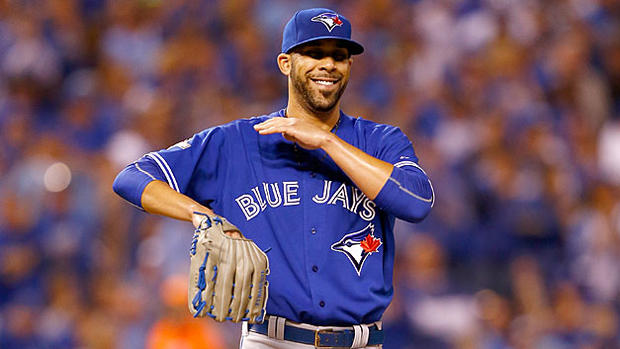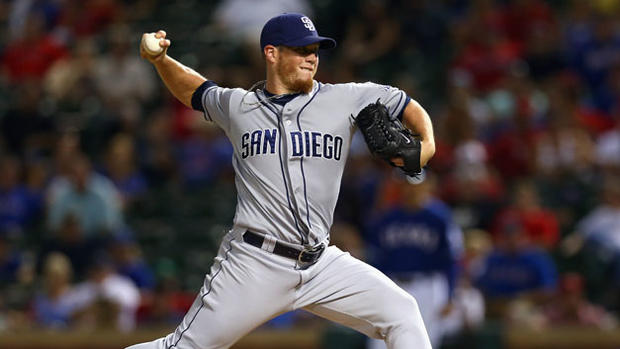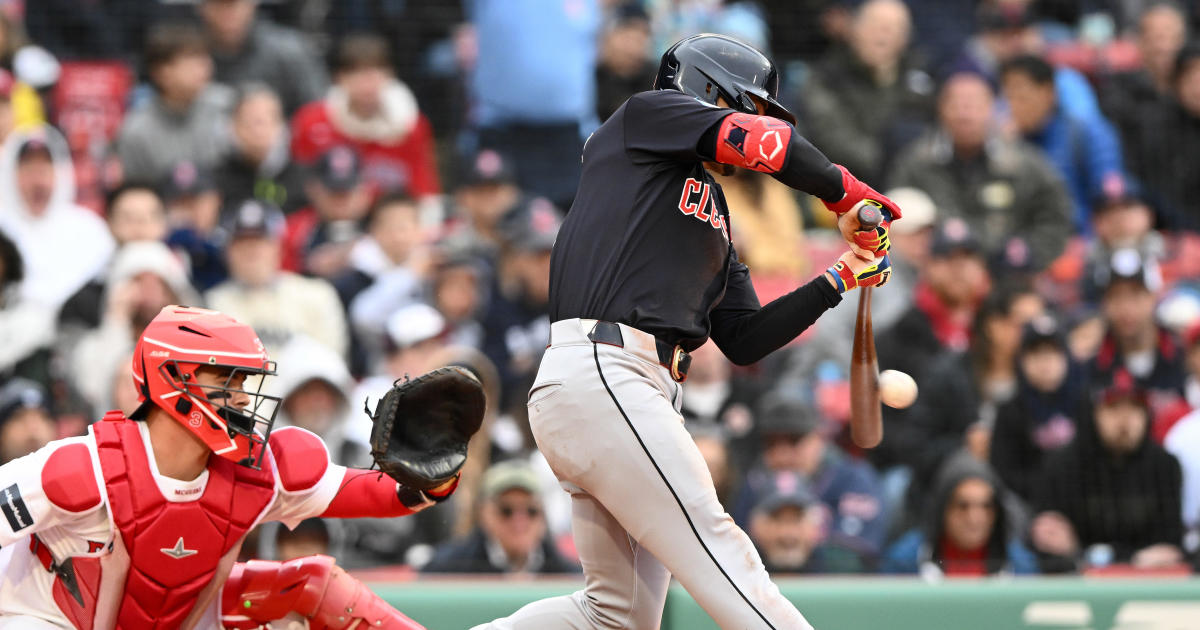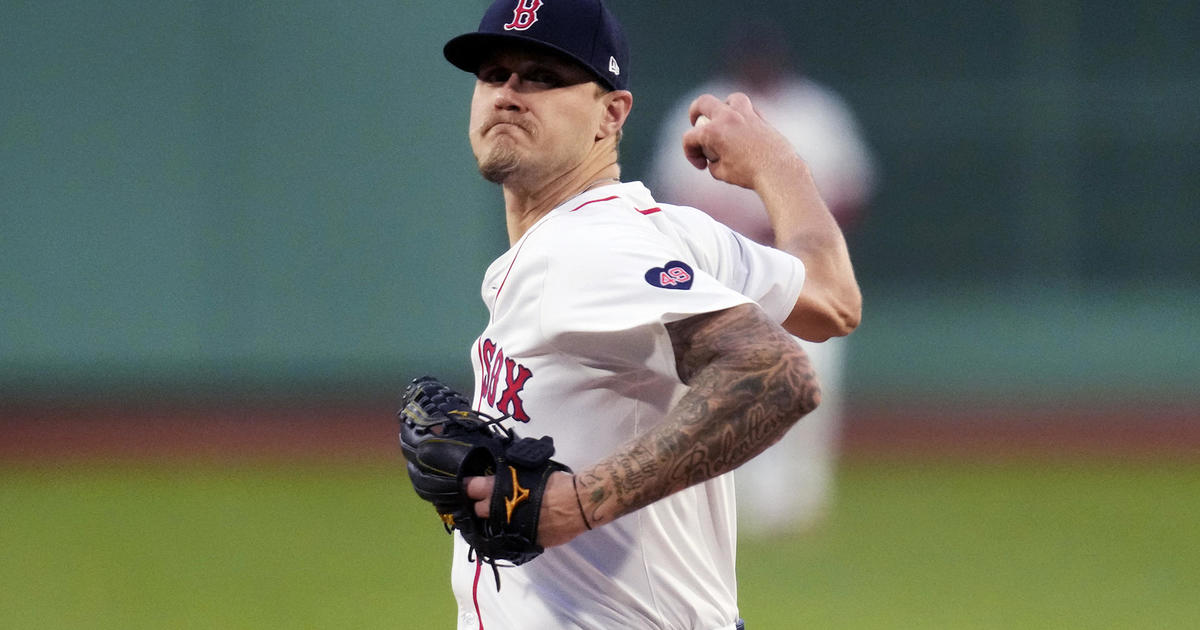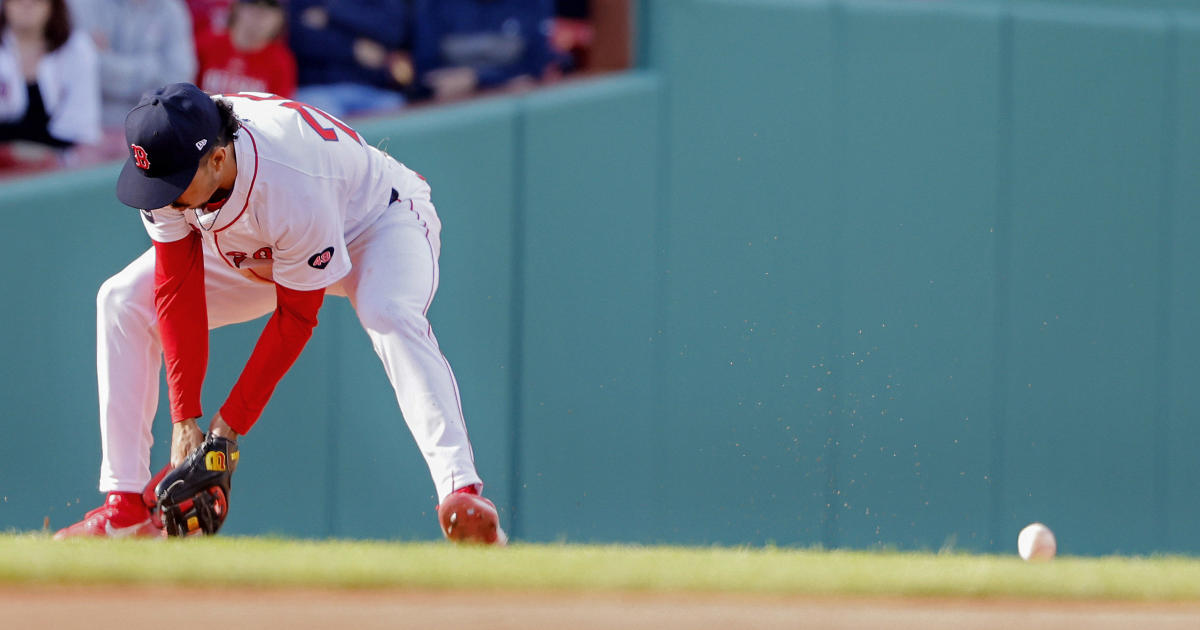Massarotti: Dombrowski, Red Sox Throw Weight Around To Get Price
BOSTON (CBS) - "To me, the most important thing this study shows is that virtually all of the underpaid players are under 30 and virtually all the overpaid players are over 30. Yet teams continue to extravagantly overpay for players above the age of 30."
- Red Sox owner John Henry to Bloomberg Business, April 2014
What we can say now, without the slightest hesitation or doubt, is this: Dave Dombrowski runs the Red Sox. The new president of baseball operations asked for final decision-making power and unquestionably got it, the proof coming in the form of a whopping seven-year, $217-million contract for pitcher David Price that hit the baseball world late Tuesday like a fastball in the ribs.
Stupid? You bet it's stupid. These contracts always are. The Red Sox know that as well as anyone, from Carl Crawford to Josh Beckett to Hanley Ramirez and Pablo Sandoval. When it has come to reckless spending in recent years, nobody in the major leagues has done it quite like the Red Sox.
The obvious question this time, even more than the others, is why? And the answer to that question is rooted off the field as much as on it.
All of this brings us back to Dombrowski, who is the kind of baseball executive Henry has rarely (if ever) had during his time in Boston, save for perhaps the final few years of the Theo Epstein era. Even then, Epstein had relatively few years under his belt and still had to deal with Larry Lucchino, a lawyer and an administrator far more than a true baseball guy, which made things rather complicated.
Theo had to answer to Larry. Or maybe he had to answer to John. Or maybe he had to answer to Larry, who had to answer to John. Whatever the case, the principal decision-maker in the Boston baseball operation had to fight through layers. And when things unraveled following the 2011 season, John Henry slapped the palm of his left hand with the back of his right, emphatically telling us that Larry Lucchino runs the Red Sox.
Related: John Henry Invades Felger & Massarotti
Theo got out. Ben Cherington came in. And the man running the Boston baseball operation had to make his case to Larry, John or both.
Then the Red Sox won the World Series without Theo, and Henry started talking to Bloomberg Business like he had it all figured out.
Now here we are, less than two years later, and Dombrowski seemingly doesn't have anyone to answer to, Henry included. If Henry still has a policy concerning players 30 years old or more, he certainly isn't forcing it on his new baseball guy. Dombrowski wanted Price and he got him, forking over the kind of contract that can't help but make you wonder if the Red Sox remember anything they said or did five minutes ago.
After all, it was in the spring of 2014, when they were seemingly justifying their unwillingness to re-sign Jon Lester, that the Red Sox tried to validate their stance. It has now cost them on additional years and $62 million more to secure Price. In between, the Red Sox suffered two last-place finishes, the most recent coming with a stable of mediocre starting pitchers and philosophy built on theory.
Thinking that five mediocre starters are more valuable as two good ones sounds good, but it doesn't work. It rarely does.
Dombrowski knows this, of course, which is why he gave it to Henry straight: if you want great players, you have to either develop them or trade for them. If neither works, you have to pay through the nose. The latter is a result of having no real leverage, which is really all business philosophies – Henry's included – are built on.
The Red Sox have finished in last place three times in four years now. Four of their last five seasons have ended ingloriously. The Red Sox could espouse whatever theories they wanted in the spring of 2014 because they were coming off a championship and had leverage. Now they have none. So they pay.
Nonetheless, it is beyond interesting to note here that Dombrowski got exactly what he wanted, with seemingly little or no interference, and that should tell us plenty about where he ranks in the Red Sox' hierarchy, at least right now.
If Lucchino lost a power struggle within the walls of Fenway Park in recent months and years, Dave Dombrowski benefited from it.
On the field, the Red Sox' needs this offseason were obvious. The Red Sox needed bookends to their pitching staff, at the front end and the back. Price is the former and Craig Kimbrel is the later, the new Red Sox closer coming in a trade that drew mixed reviews from minor league geeks from here to Toledo. What we know for sure is that Kimbrel and Price have landed in Boston without the departure of Mookie Betts, Xander Bogaerts, Jackie Bradley, Blake Swihart, Eduardo Rodriguez or any other number of celebrated Red Sox prospects – Yoan Moncada, Henry Owens, and Rafael Devers, among others – and the Red Sox don't even have to sacrifice a compensatory draft pick (No. 12 overall in 2016, as it turns out) in the process.
Please. Other than Manuel Margot, how many of you had ever heard of the Red Sox prospects in the Kimbrel deal? And if you're raising your hand right now, you probably need a hobby beyond minor league baseball. Go to a movie. Find a girlfriend. Live a little.
Admittedly, there is every chance Price will be a bust in the short-term. In the long-term, he definitely will be. But as much as people like to think that all spending is stupid, it isn't. It's only stupid in the absence of a player development system. Between the 2006 and 2007 seasons, the Red Sox were as reckless as they had ever been to that point, signing Daisuke Matsuzaka, Stephen Drew and Julio Lugo with expenditures of roughly a quarter-billion dollars. They won the World Series in 2007 and reached Game 7 of the ALCS the subsequent season. The difference then was that the Red Sox also had a nucleus of young players that included Dustin Pedroia, Jacoby Ellsbury, Jonathan Papelbon and Jon Lester.
Since then, until now, the Red Sox really haven't had an influx of young talent. Papelbon, Lester and Ellsbury all were allowed to depart via free agency, which is fine. But the Red Sox had no pipeline to replace them. Now the talent seems to be coming through the Boston organization again, and it certainly looks like the Red Sox are using their money to fill in the gaps, however small … or large.
Will the Red Sox contend for or even win the World Series next year? Who the hell knows. But the power structure at Fenway Park seems quite clear now, and the Red Sox should never have to choose between being a factory for player development and a force in the free agent marketplace.
When you have the kind of resources they do, after all, the whole point is to be both.
Tony Massarotti co-hosts the Felger and Massarotti Show on 98.5 The Sports Hub weekdays from 2-6 p.m. Follow him on Twitter @TonyMassarotti. You can read more from Tony by clicking here.
